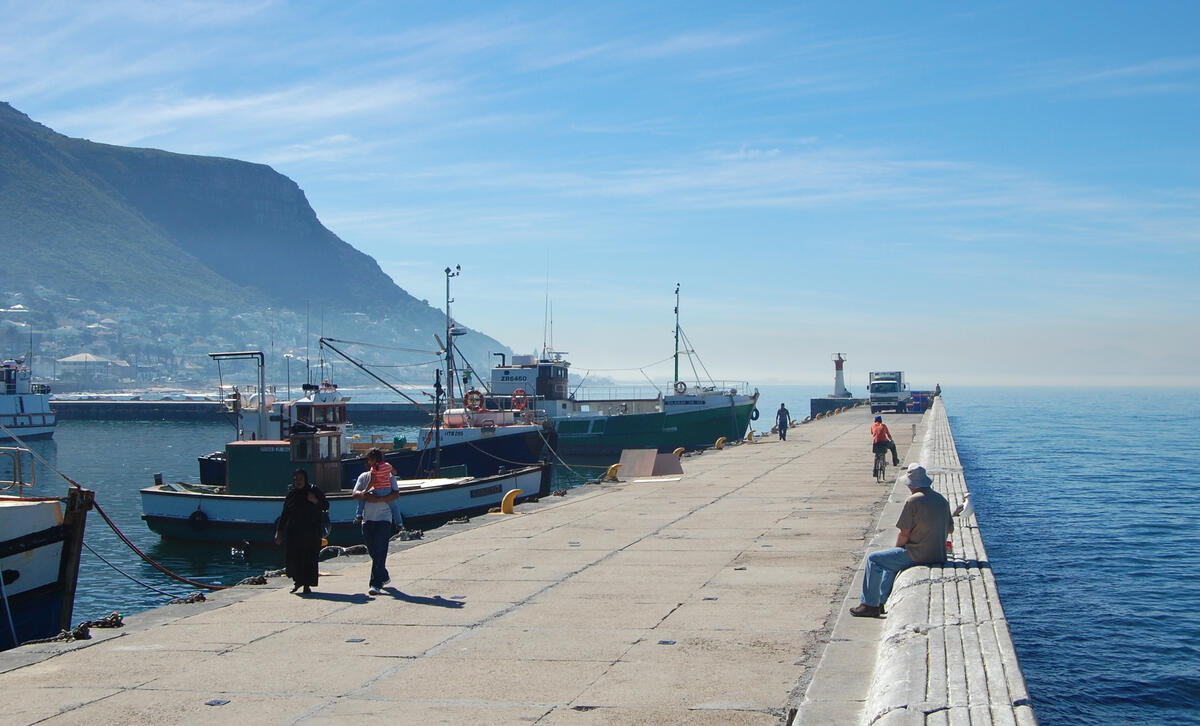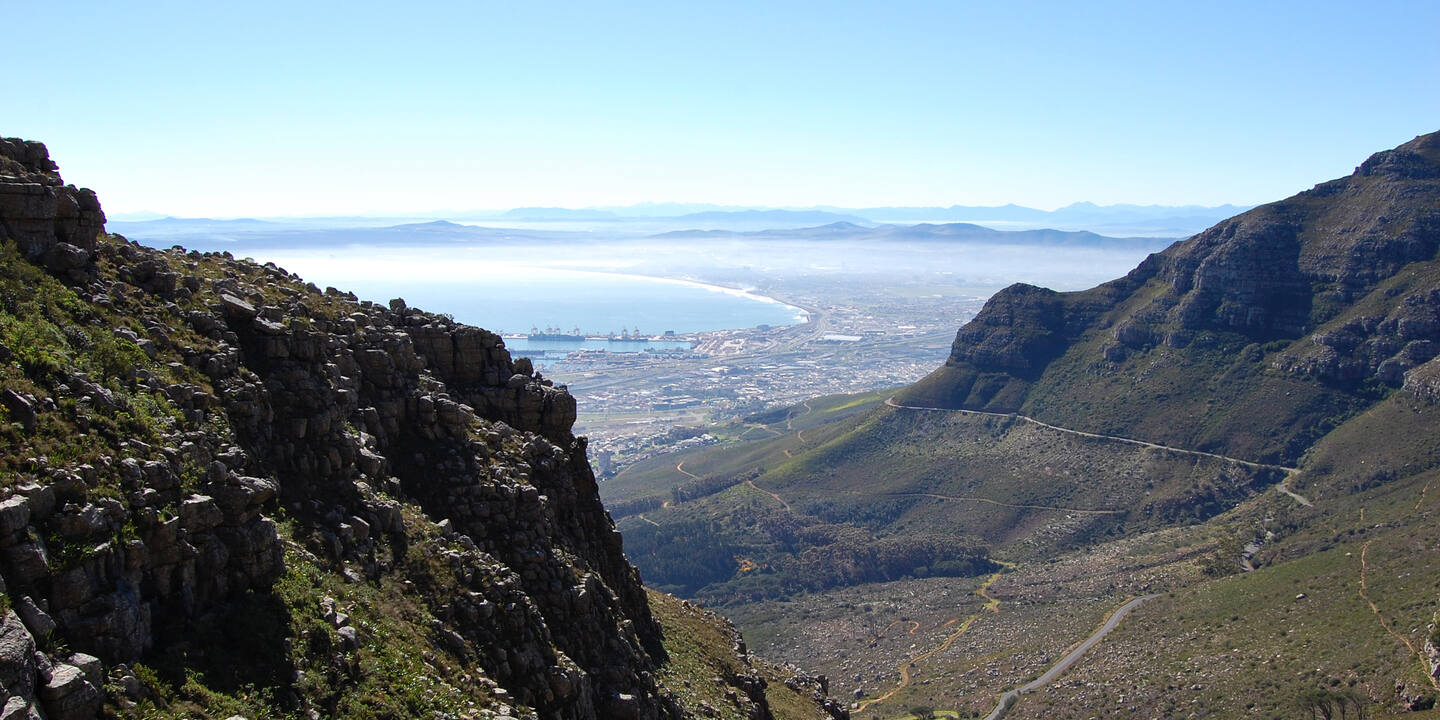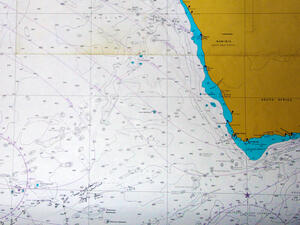
Kiwi Roa last appeared in these pages writing out of the sub-Antarctic. Now she has migrated from the deep South, crossing from the Falkland Islands to Cape Town in search of warmer waters. This 3,330 nautical mile passage, hurled by the westerlies in the Furious Fifties to a new continent, transitioned her story from a chronicle of ice and rock into a small respite of sand and sun.
This collection of photos is spread over three pages. Boaters inspired by the following Photo Story should recognize that this is not a cruising guide nor navigational aid.
South Atlantic and landfall Cape Town
We stayed down around 51° for most of the crossing, due to a chain of high pressure cells providing unusually light winds to the north. This put us at risk of icebergs and three were sighted, making imperative a watch for the associated and dangerous bergy bits and growlers – invisible on radar and are very hard to see in a seaway. At night, impossible, and to keep the anxiety under control final comfort is drawn from Kiwi Roa’s 10 mm thick alloy hull.
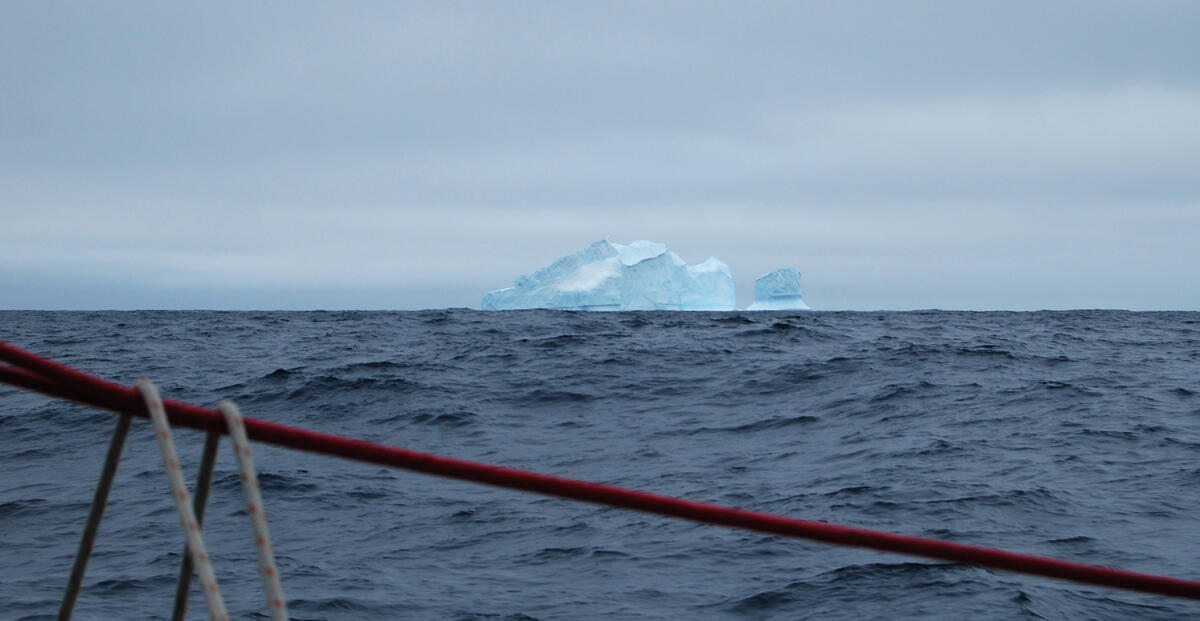
The passage was blemished by two events. The welding on the stainless steel main boom gooseneck fitting failed, and we sailed three days with no mainsail a temporary replacement fitting was rigged from some spare 25 mm alloy plate.
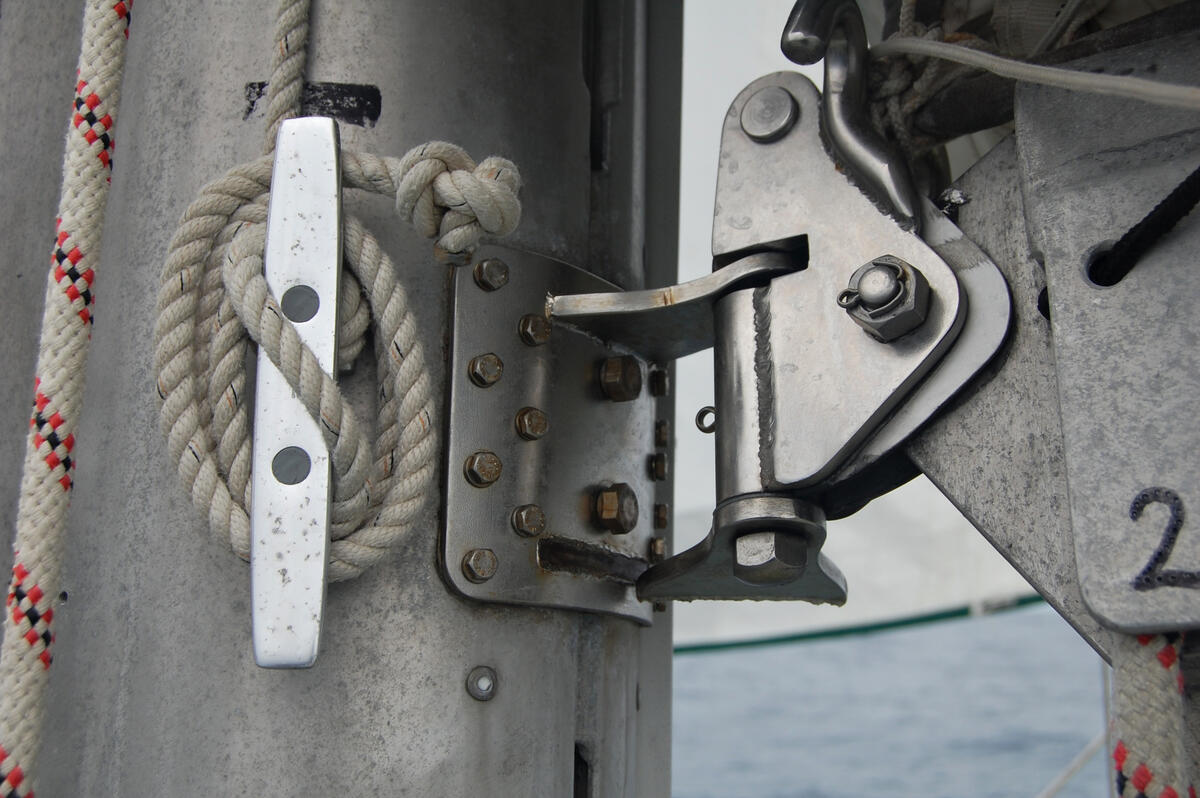
Worse was a 180 degree knock-down in the southern Atlantic. A small but intense low pressure system squashed between the highs created the right conditions, a breaking wave caught just right sending the boat fully inverted. This little accident would require a full article to elaborate on, but the rig stayed up and all was watertight at the time. Impact damage from loose items falling on the saloon headliner, extensive deck gear damage, and the skipper’s broken ribs lingered as reminders.
Exterior damage was contained to losing all loose cockpit equipment, crumping of boom gallows and the awning frame, damage to the wind vane, destruction of all mast head equipment as it was swept through the water, and all external electrics needed washing out and servicing. Two aft lower shrouds had broken wires but the cables held the rig intact.
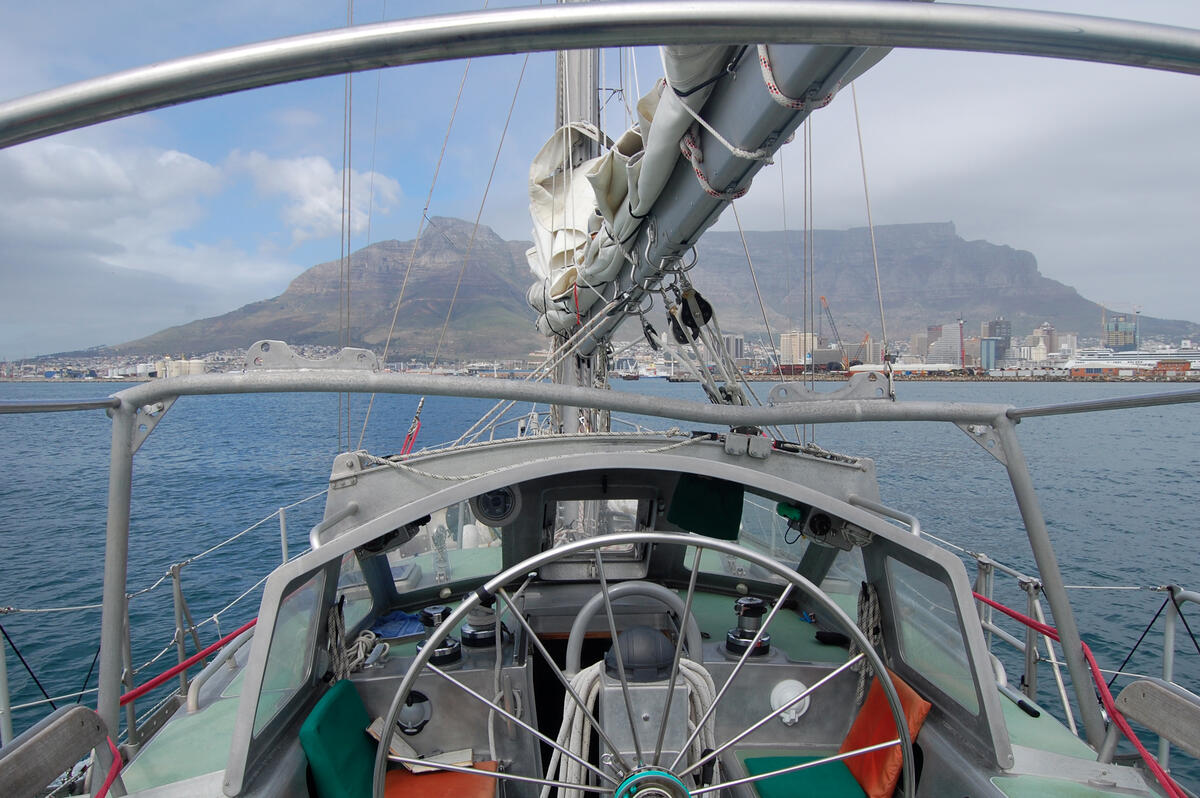
Although not projecting as south as the world’s other great southern tips, the Cape of Good Hope has a reputation from the Agulhas Current and the compact and intense lows that form around it, compounded by rocks and banks extending out.
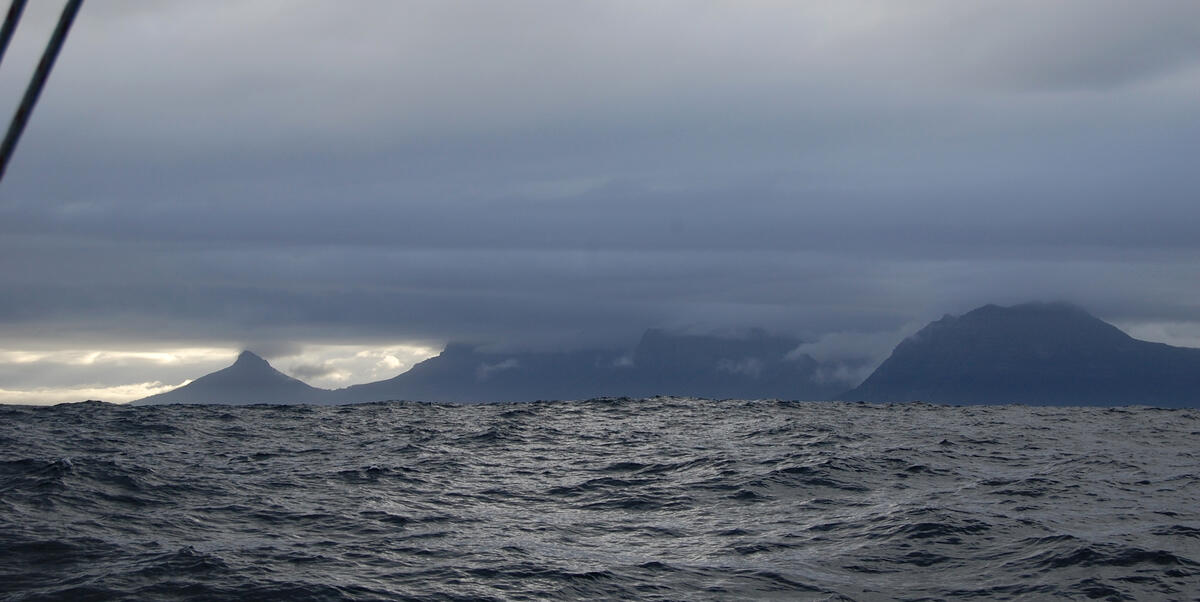
Vessels arriving in the Western Cape province must complete formalities in Cape Town before moving to a more pleasant harbor.
After the knock-down, we needed decent facilities for repair, and found them at the Royal Cape Yacht Club, which – although set in a slightly dirty industrial area that includes foreign Asian fishing boats under repair – provided us with an ideal dock in the middle of Cape Town’s marine industry for our eight month stay.
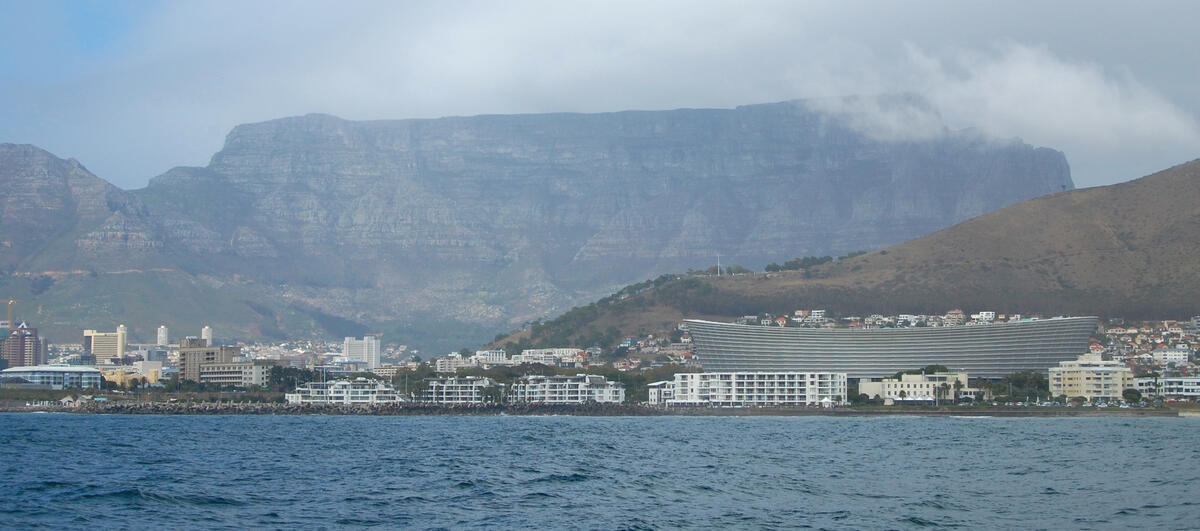
Cape Town has been growing here since the mid 17th century and is now the second largest city in South Africa.
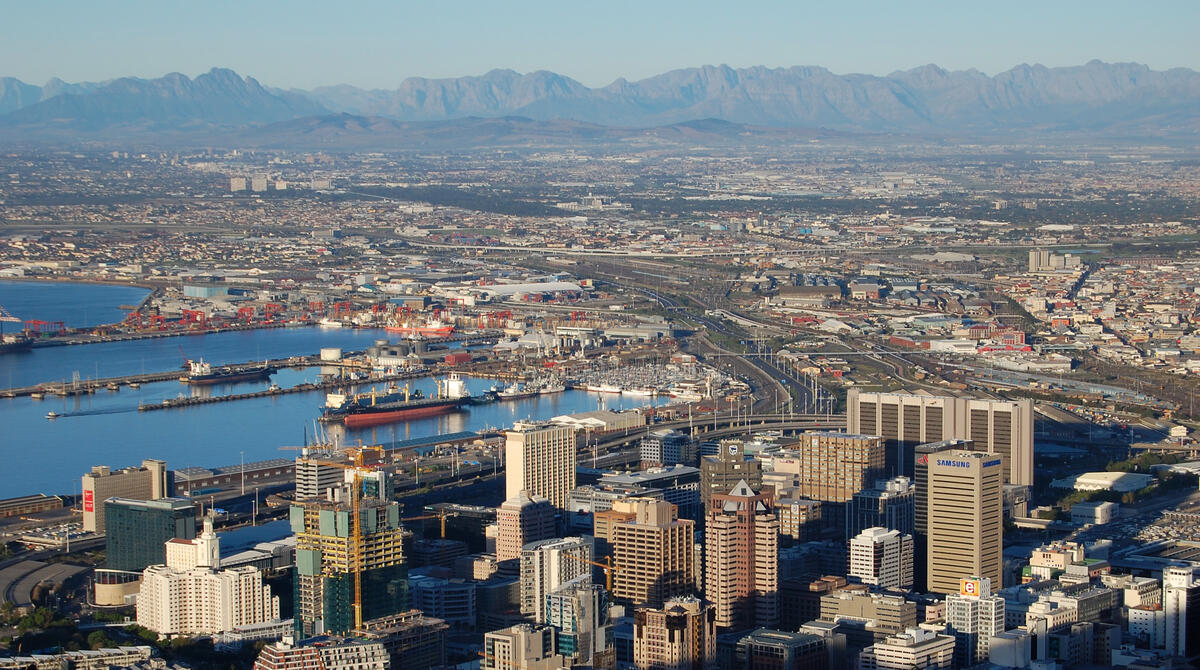
South of Cape Town, suburbia has crept along the Cape Peninsula. Hout Bay (‘Wood Bay’) was the settlement’s original forestry resource, supplying wood for construction and shipbuilding.
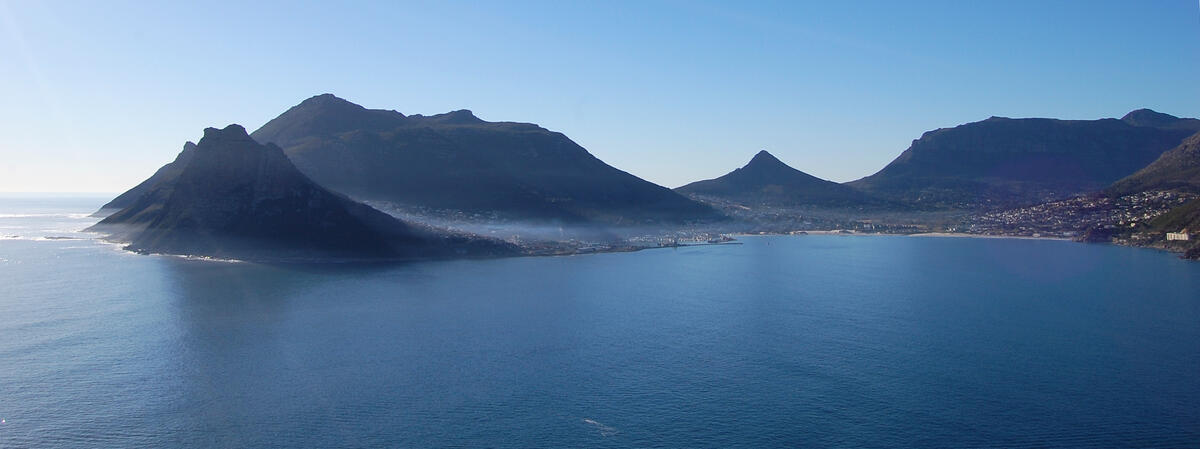
Kommetjie (‘Small Basin’) is a further small township, home of the century-old Slangkop Lighthouse, positioned on one of the western-most points of the Peninsula.
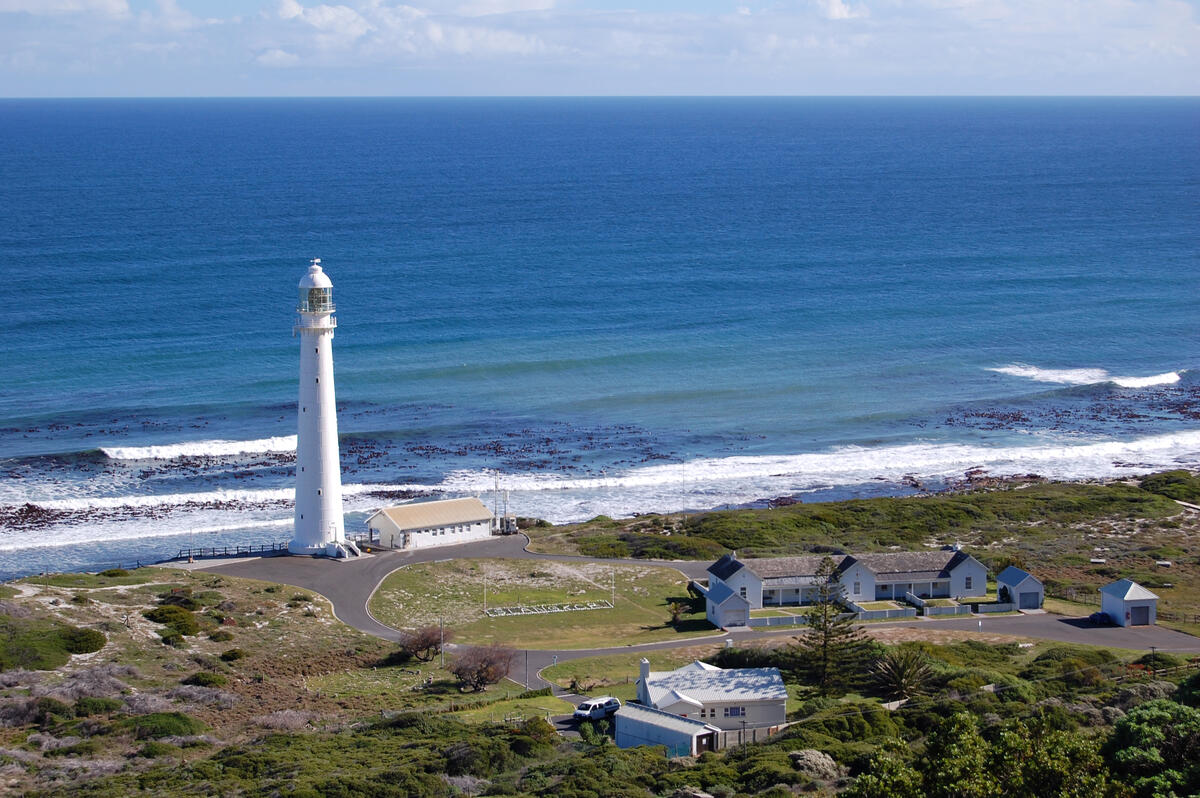
On the other side of the narrow Peninsula, on the western shores of False Bay, Kalk Bay hosts a fishing fleet which operates from a concrete dock in the harbor, the dock forming the harbour breakwater. Seas are known to breach this, turning the harbour into a trap.
